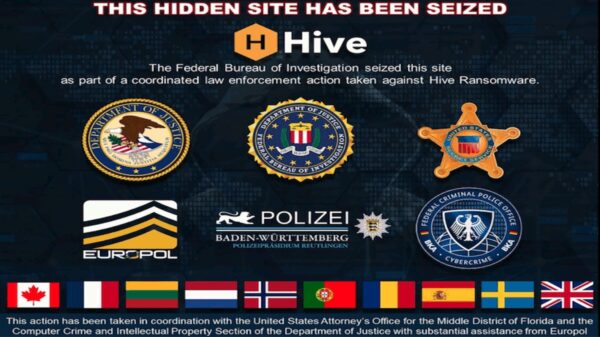A former Goldman Sachs programmer responsible for developing programs that power the firm’s high-frequency trading systems – a key to millions in profits for the Wall Street giant – was sentenced in Manhattan federal court to 97 months in prison after being found guilty of theft of trade secrets and one count of transportation of stolen property.
Sergey Aleynikov, 40 years-old, worked at Goldman Sachs from May 2007 to June 2009 as a computer programmer, working on programs to run the firm’s high-frequency trading across various commodities and equities markets. Goldman Sachs acquired the high-frequency trading system in 1999, when it acquired Hull Trading Company, for approximately $500 million. An expensive system which generates massive profits for the firm, it’s certainly something the company puts every effort into to protect.
According to case related documents, in April 2009, Aleynikov resigned from Goldman Sachs after accepting a job at Teza Technologies, a newly-formed company in Chicago, Illinois. He was hired to develop Teza’s own version of a computer platform that would allow Teza to engage in high-frequency trading.
On his last day of employment at Goldman Sachs (June 5, 2009) Aleynikov’s copied substantial portions of Goldman’s proprietary computer code for its trading platform to an outside computer server in Germany. He encrypted the files and transferred them over the Internet without informing Goldman Sachs. After transferring the files, he deleted the program he used to encrypt the files and deleted his computer’s “bash history,” which records the most recent commands executed on his computer.
Case documents also say that throughout his employment at Goldman Sachs, Aleynikov transferred thousands of computer code files related to the firm’s proprietary trading program from the firm’s computers to his home computers, without the knowledge or authorization of Goldman Sachs.
On July 2, 2009, Aleynikov flew to Chicago to attend meetings at Teza’s offices, bringing with him his laptop computer and another storage device, each of which contained Goldman Sachs’s proprietary source code. He was arrested on July 3, 2009, as he arrived at Newark Airport following that visit.
The Economic Espionage Act makes the theft or misappropriation of a trade secret a federal crime.
In addition to the prison sentence, Judge Cote ordered Aleynikov to serve three years of supervised release following his prison sentence and ordered him to pay a $12,500 fine.
During the sentencing proceeding, Judge Cote said, “[Aleynikov’s] conduct deserves a significant sentence because the scope of his theft was audacious—motivated solely by greed, and it was characterized by supreme disloyalty to his employer.”
Other recent successful prosecutions involving theft of trade secrets include a Chinese National pleading guilty to stealing Ford trade secrets, and a former technical operations associate in Bristol-Myers Squibb’s management training program on theft of trade secrets from the company.
With cases like these becoming more common, it shows that corporate information is increasingly under threat and clearly shows the need for improved separation and isolation of information.














